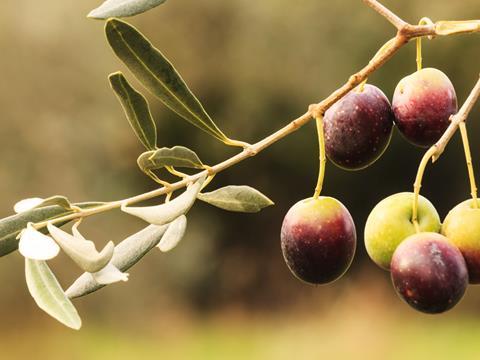
The latest Mediterranean olive harvest will end this month, and suppliers warn there is unlikely to be any reprieve from global shortages and high prices.
The 2014/15 season was so poor in Spain and Italy - the world’s biggest producers of olive oil - that there was no annual carryover of supply, leaving bottlers with very low available stocks and facing substantial price rises.
Price movements from mid-December 2015 saw Italian extra virgin olive oil rise a further 14% to €4,000 (£3,087) a tonne earlier this month, while the Spanish equivalent was selling at €3,900, having shot up 20%.
“Typically, olives are a cyclical plant; they have good year, bad year, good year,” says Lisa Mullins, marketing manager at Filippo Berio UK. But while a weak harvest is usually not cause for concern, 2014/15 was a “disaster”, she warns.
Drought in Spain was coupled with an outbreak in Italy of Xylella fastidiosa, a bacterium that has so far infected more than one million trees with olive quick decline syndrome. Global shortfall at the end of 2014/15 was 413,500 tonnes. The Spanish crop has recovered this year, but the spread of Xylella fastidiosa shows no clear signs of subsiding.
The International Olive Council forecasts final global production figures for the 2015/16 harvest will be below the average consumption level of the past four years, making price increases inevitable.
Production in Tunisia, the star of 2014/15 with a bumper crop, is expected to be down 220,000 tonnes this year - and bottlers fear Spanish growers are sitting on their stocks.
The impact of price rises on UK consumers has been less marked than in other European countries because retailer price wars drove down prices in the first half of 2015. But prices rose on average by more than 10% from August to November [IRI].








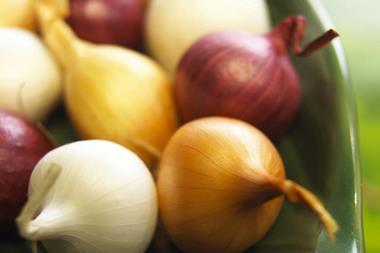

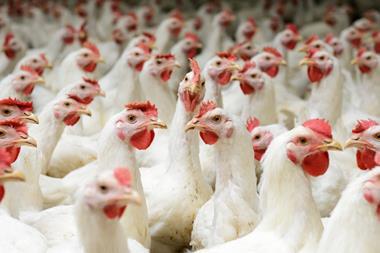

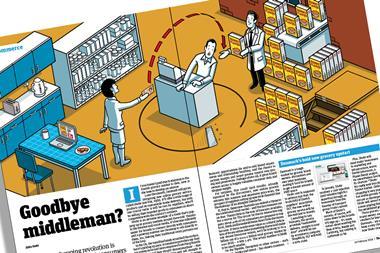


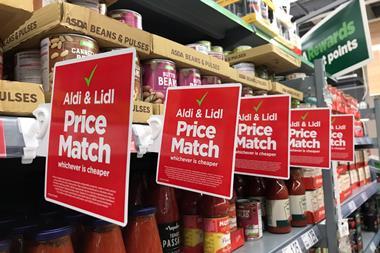
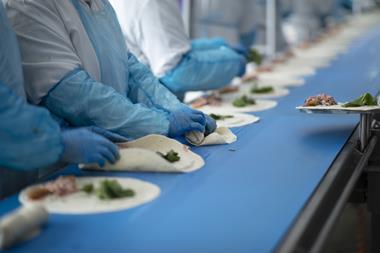
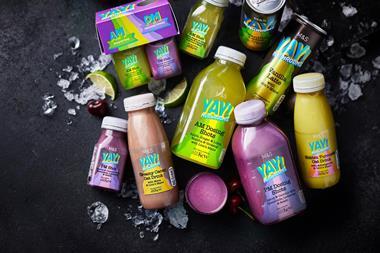

No comments yet